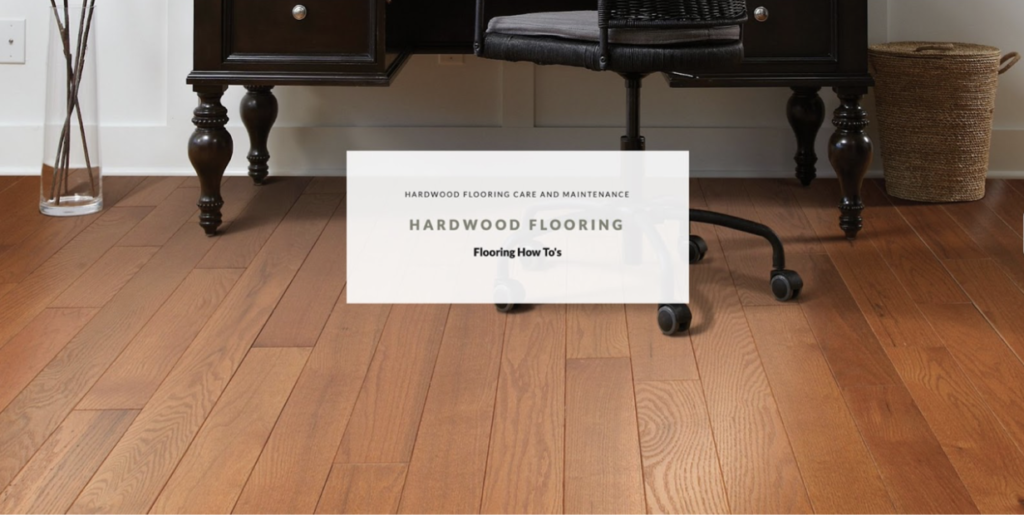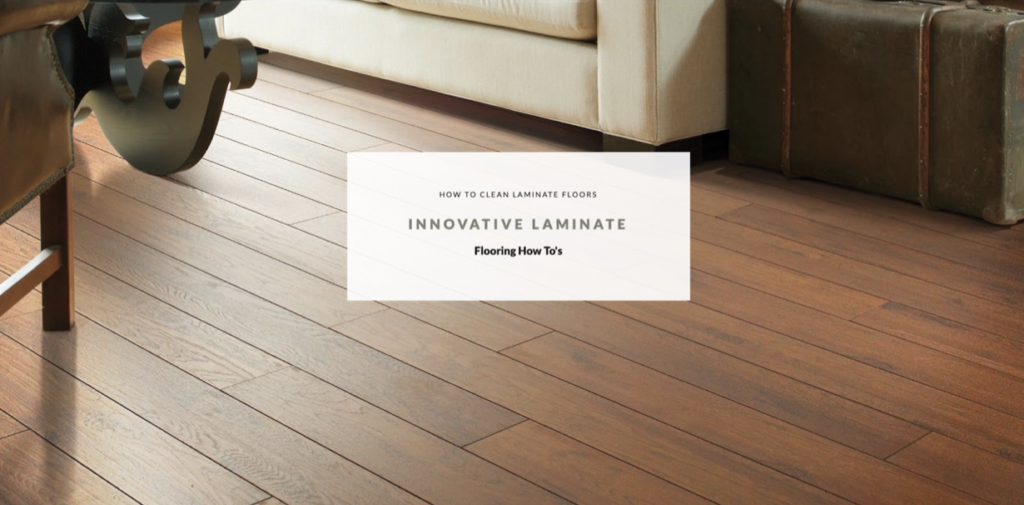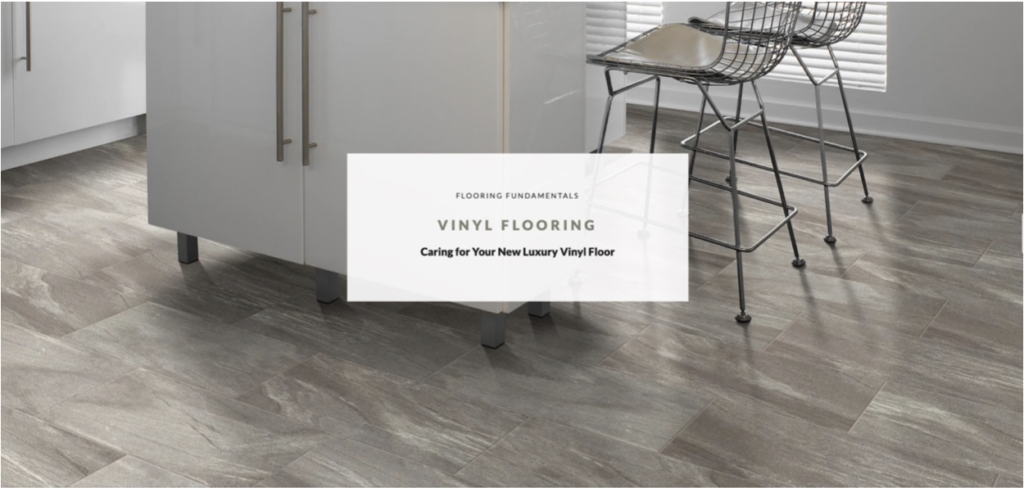
Let your floor’s natural beauty shine through. Hardwood floor finish provides superior resistance to everyday wear and easy, no-wax maintenance. To keep your floor looking new, follow these simple care steps.
Routine Hardwood Cleaning
What You Should Do:
- Use a soft cloth to blot spills and spots as soon as they happen. Always avoid allowing liquids to stand on your hardwood floor.
- Sweep, dust, or vacuum the floor regularly. If vacuuming, use a hard floor attachment to avoid scratching or dulling your floor’s finish
- Clean the floor with Hard Surface Cleaner, specially formulated to wipe away dirt and soil without damaging your floor’s finish.
What You Should Not Do:
- Don’t use oil-based, wax, polish or strong ammoniated products, which can dull your floor’s finish.
- Don’t use steel wool, scouring powders or other abrasive cleaners, which can scratch or damage your floor’s finish.
- Don’t wash or wet-mop the floor with soap, water, oil-soap detergent, or any other liquid cleaning material. This could cause swelling, warping, delamination and joint-line separation, and void the warranty.
- Don’t use any type of buffing machine.
Specialty Hardwood Cleaning:
- Remove sticky substances, such as candle wax or chewing gum, by applying ice to harden the substance and then gently scraping with a plastic scraper.
- Tip: A credit card makes a good substitute.
- Be careful not to scratch the flooring surface.
- Wipe clean with a damp cloth.
- Clean tough stains with hardwood surface stain cleaner that you can pick up from Phil the Floor Guy.
Protective Hardwood Floor Care:
- Use entry mats, which will help collect the dirt, sand, grit, and other substances such as oil, asphalt, or driveway sealer that can be tracked onto your hardwood flooring.
- To prevent slipping, use an approved vinyl rug underlayment.
- Tip: Don’t use rubber- or foam-backed plastic mats, as they may discolor the flooring.
- Use floor protectors and wide-load-bearing leg bases or rollers to minimize indentations and scratches from heavy objects.
- Tip: As a rule, the heavier the object, the wider the floor protector should be.
Preventative Hardwood Floor Care:
- Maintain a normal indoor relative humidity level between 35% and 55% throughout the year to minimize the natural expansion and contraction of wood.
- Follow these tips for the winter and summer months:
- Heating Season (Dry): A humidifier is recommended to prevent excess shrinkage due to low humidity levels. Wood-stove and electric heat tend to create very dry conditions.
- Non-Heating Season (Wet): An air conditioner, dehumidifier or periodically turning on your heating system can maintain humidity during the summer months. Avoid excessive exposure to water during periods of inclement weather.
- Follow these tips for the winter and summer months:
- Use care with sharp objects.
- Remove shoes with spiked or damaged heels before walking on your hardwood floor; they can leave scratches or indentations in hardwood.
- Trim pets’ nails regularly.
- Rearrange your rugs and furniture periodically to allow the flooring to age evenly.
- Avoid prolonged exposure to sunlight, which can soften the tone of different species of hardwood to varying degrees and accelerate the oxidation and aging of wood.
- Protect the floor when moving by using a dolly for heavy furniture or appliances. Never try to slide or roll heavy objects across your hardwood floor.




